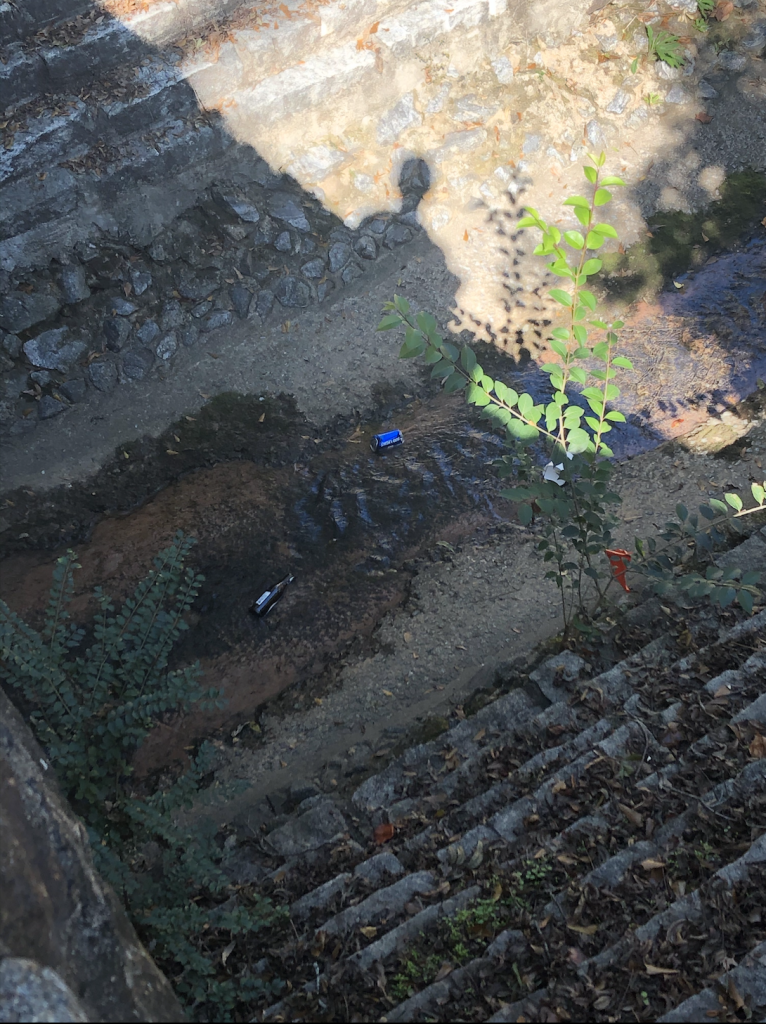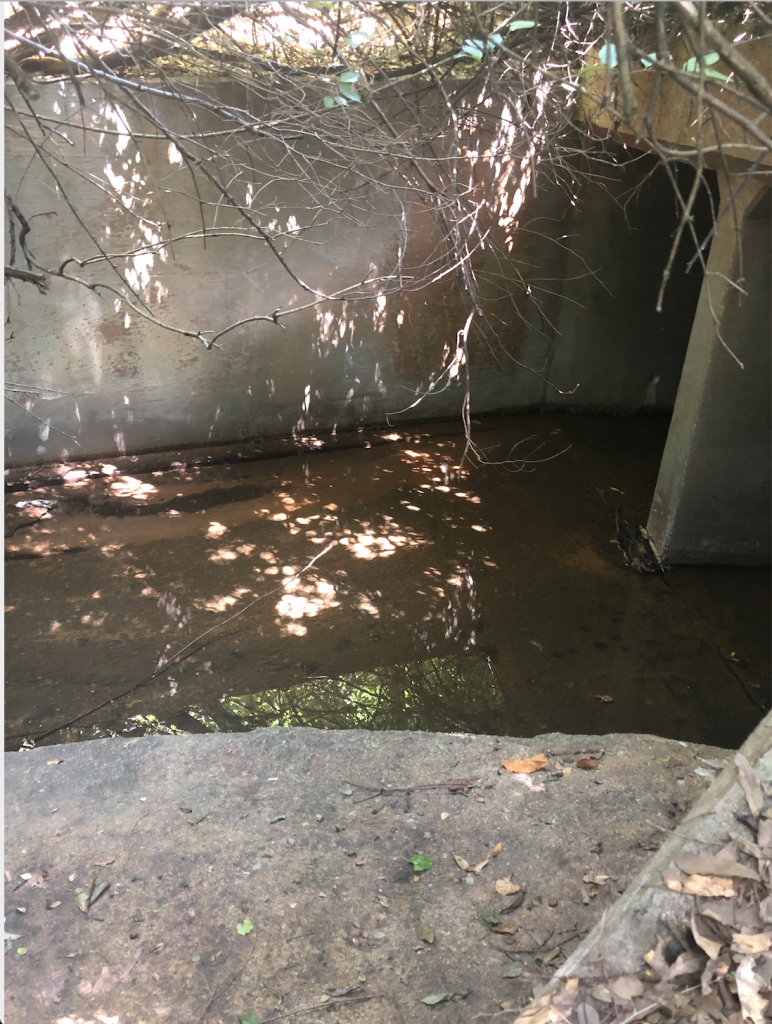By: Zach O’Connor
What is melanoma?
Malignant melanoma is the most serious type of skin cancer, and it is characterized by the uncontrollable growth of melanocytes (skin cells that produce melanin). In the United States, melanoma affects 30 out of 100,000 men and 18 out of 100,000 women (“Melanoma”, 2018).

Source:https://www.alamy.com/stock-image-schematic-illustration-of-the-process-and-development-of-melanoma-167890640.html
The graphic above illustrates the progression of melanoma. The disease gets more serious as it spreads deeper into the skin. The survival rate of melanoma at the first stage is at 98.5%, and it drops down to 22.5% at the final stage (“Melanoma Survival Rates”, n.d).
Melanoma is a condition where a single gene doesn’t dictate the disease. However, there are many genes that are linked to the disease. Two of the main genes are CDKN2A and BAP1. A mutation of the CDKN2A is linked to greater risk of developing melanoma. (Hayward, 2003). The specific mutation of CDKN2A disrupts the proteins that function as tumor suppressants. The mutation of this gene also leads to developing melanoma at a younger age and greater risks of other cancers. With the CDKN2A mutation, you are around 28% more likely to develop melanoma (“CDKN2A”, n.d.). Another gene linked to melanoma is BAP1. A dominant inherited allele on the rs387906848 SNP causes BAP1 tumor predisposition syndrome (“rs387906848”, n.d.). This condition increases the risk of cancerous and noncancerous tumors from 14% to 29%. The BAP1 mutation also has an incidence of malignancy of around 70% (Carbone et al., 2013).
Why Get Tested?
While genetic tests won’t say you’re set to develop melanoma, it will make you aware of certain risks associated with the disease. Because there are so many genes associated with melanoma, a single gene DNA sequence, whole genome sequence, or a SNP Chip test are recommended. Since the genes linked to melanoma are known, a test would analyze the presence or mutation associated with each gene. Companies such as AmbryGenetics, Invitae, and GeneDx offer genetic tests that will analyze genes associated with melanoma. These tests will indicate if you are more at risk to develop melanoma. When looking at tests, it is best to use one that is able to scan for multiple genes. The whole genome test, while expensive, will show your exact genetic markup. The SNP Chip test is a cheaper alternative that looks at the specific melanoma related genes. Ultimately when deciding on a test, it depends how much you want to know and how much you are willing to spend.
Think Before you Spit
One of the main reasons to not take a test is that it won’t clearly tell you if you will develop melanoma. Around 90% of people who develop melanoma do not have a genetic mutation that accounts for it (“Should I Get”, n.d.). Environmental factors such as UV radiation are the main cause of melanoma. The test results may be confusing for some consumers, and it may cause them to make irrational decisions. Therefore, because of the limited predictive value of the tests, genetic tests for melanoma are not worth the time and money.

Ethical Considerations
There are some concerns with privacy associated with genetic testing. Some patients are concerned that genetic test results may result in discrimination by insurance providers. However there are laws such as the Genetic Information Nondiscrimination Act that helps protect patients. There are other ethical concerns associated with genetic testing. For instance, there can be liability issues associated with genetic test results. An example of this is a patient’s decision to conceive children or to terminate pregnancies based on test results (Dickens, Pei, & Taylor, 1996). Genetic tests effectively dictate the decisions people make, and some people may not fully understand the results of the test. Test results can cause stress, and they can drastically change lifestyles. There is also concern about employer discrimination associated with genetic test results.
Asking the Right Questions Before Getting the Test
For melanoma, genetic tests aren’t the sole decider of the disease. The genetic test results will show different genes that put you at risk to develop it. For example, if someone tests positive for the BASP1 tumor predisposition syndrome, it is likely that one of their parents had the condition. This is because the syndrome is autosomal dominant. If someone tests positive for genes associated with melanoma, they should be aware of the risks. The first thing to realize is that you aren’t guaranteed to get it. If you are careful about sun exposure and annual skin screening, you can easily prevent the disease. If they test negative, they should not think that they won’t get the disease and ignore safe lifestyle. People should follow the same advice if they test negative for the melanoma associated genes. Patients should disclose their results with doctors. If they are at risk for developing melanoma, they should make dermatologists aware so that the patient can take preventative measures.

The best way to prevent melanoma is to cover up, use sunscreen, and stay in shade as much as possible. Source: https://www.everydayhealth.com/melanoma/preventing-melanoma-reducing-sun-exposure-damage-key/
References
Carbone, M., Yang, H., Pass, H. I., Krausz, T., Testa, J. R., & Gaudino, G. (2013). BAP1 and cancer. Nature reviews. Cancer, 13(3), 153–159. doi:10.1038/nrc3459
CDKN2A. (n.d.). Retrieved from https://www.snpedia.com/index.php/CDKN2A.
Dickens, B. M., Pei, N., & Taylor, K. M. (1996). Legal and ethical issues in genetic testing and counseling for susceptibility to breast, ovarian and colon cancer. CMAJ: Canadian Medical Association journal = journal de l’Association medicale canadienne, 154(6), 813–818. Retrieved from https://www.ncbi.nlm.nih.gov/pmc/articles/PMC1487772/
Hayward, N. Genetics of melanoma predisposition. Oncogene 22, 3053–3062 (2003) https://www.nature.com/articles/1206445#citeas
Melanoma – Genetics Home Reference – NIH. (2018, August). Retrieved from https://ghr.nlm.nih.gov/condition/melanoma#statistics
Melanoma Survival Rates. (n.d.). Retrieved from https://www.curemelanoma.org/about-melanoma/melanoma-staging/melanoma-survival-rates/
rs387906848. (n.d.). Retrieved from https://www.snpedia.com/index.php/Rs387906848
Should I Get Genetic Testing For Melanoma? (n.d.). Retrieved from https://www.aad.org/diseases/skin-cancer/melanoma-genetic-testing.




